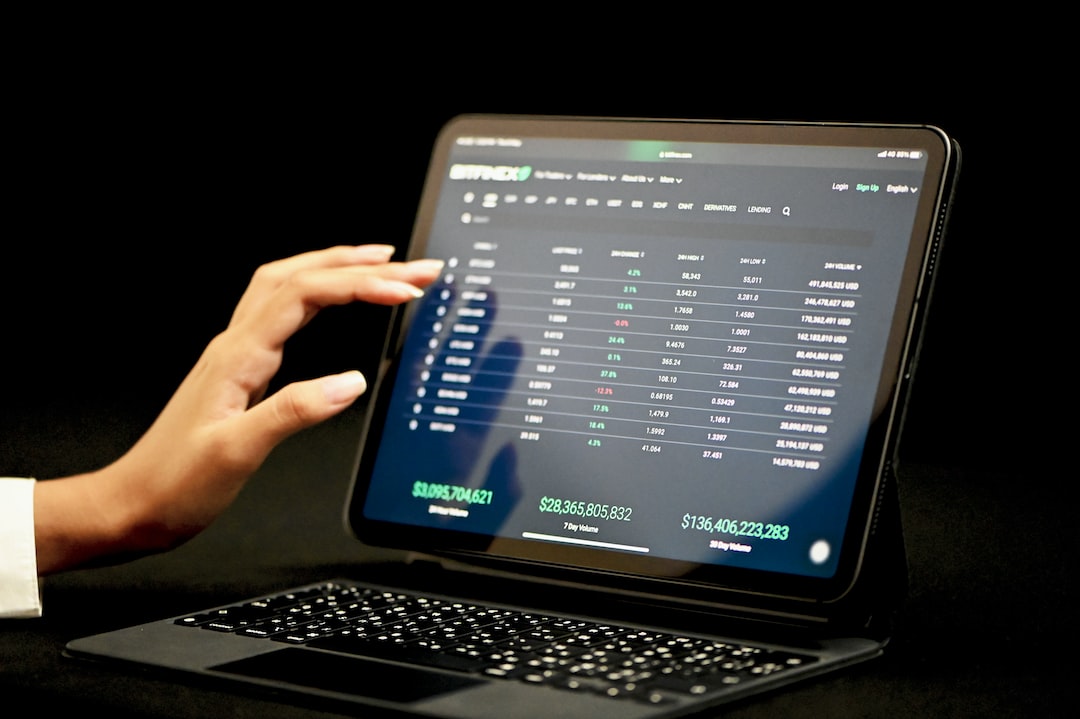When trading in forex, it’s essential to know how to set stop loss (SL) and take profit (TP) orders. These orders help manage risk and maximize profit potential. In this article, we will discuss what SL and TP orders are, their importance, and how to set them in forex trading.
What are SL and TP orders?
Stop loss (SL) and take profit (TP) are two types of orders that traders use to manage risk and maximize profit potential. A stop-loss order is a type of order that is placed to limit the potential loss on a trade. A take-profit order is an order that is placed to lock in a profit when a trade reaches a certain level. These two orders are crucial for traders to use in their trading strategies.
Why are SL and TP orders important?
The forex market is highly volatile, and prices can fluctuate rapidly. Without the use of SL and TP orders, traders risk losing significant amounts of money if the market moves against them. By setting SL and TP orders, traders can limit their losses and lock in their profits.
Setting SL and TP orders
To set an SL or TP order, a trader must first open a trade. Once the trade is open, the trader can set the SL and TP orders. The trader can do this by using the order entry window on their trading platform.
Setting a stop-loss order
A stop-loss order is designed to limit a trader’s loss if the market moves against them. To set a stop-loss order, a trader must determine the amount of risk they are willing to take on the trade. This is typically expressed as a percentage of the account balance or the amount of money the trader is willing to risk on the trade.
For example, if a trader has an account balance of $10,000 and is willing to risk 2% on a trade, their maximum allowable loss would be $200. To set a stop-loss order, the trader would enter the maximum allowable loss as the stop-loss level.
Setting a take-profit order
A take-profit order is designed to lock in a profit when a trade reaches a certain level. To set a take-profit order, a trader must determine the profit target for the trade. This is typically expressed as a percentage of the account balance or the amount of money the trader wants to make on the trade.
For example, if a trader has an account balance of $10,000 and wants to make a profit of $500 on a trade, they would enter $500 as the take-profit level. Once the trade reaches the take-profit level, the order will be executed, and the trader will lock in their profit.
Managing SL and TP orders
Once a trader has set an SL and TP order, they must monitor the trade to ensure that the orders are executed correctly. If the market moves against the trader, the stop-loss order will be executed, and the trade will be closed at a loss. If the market moves in favor of the trader, the take-profit order will be executed, and the trade will be closed at a profit.
It’s important to note that SL and TP orders are not guaranteed to be executed at the exact level specified. In fast-moving markets, the price may move past the SL or TP level before the order can be executed. This is known as slippage, and it can result in a higher loss or lower profit than expected.
Conclusion
In conclusion, SL and TP orders are essential for managing risk and maximizing profit potential in forex trading. Traders must set these orders correctly and monitor their trades to ensure that the orders are executed correctly. By using SL and TP orders, traders can limit their losses and lock in their profits, making them an essential part of any trading strategy.





